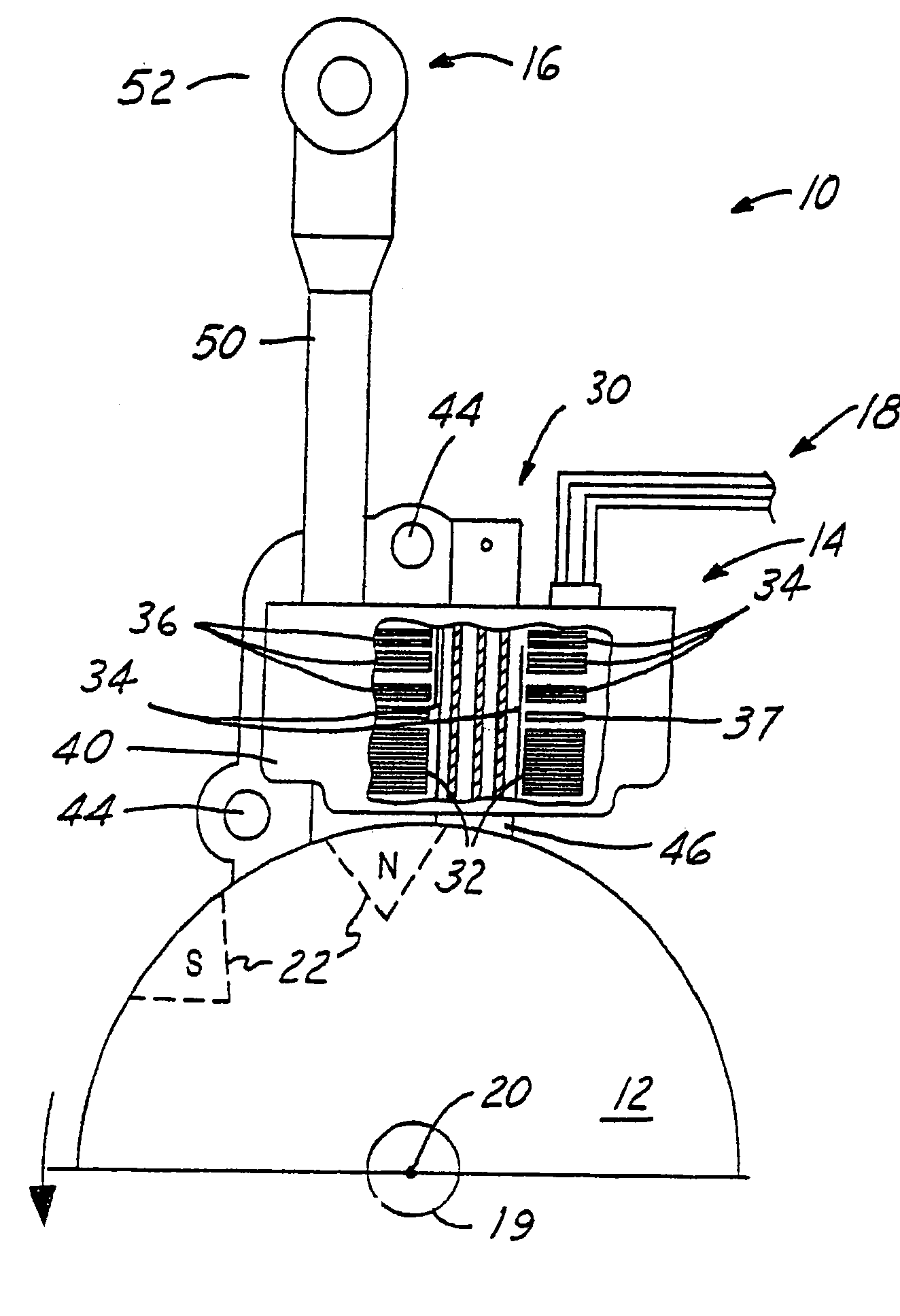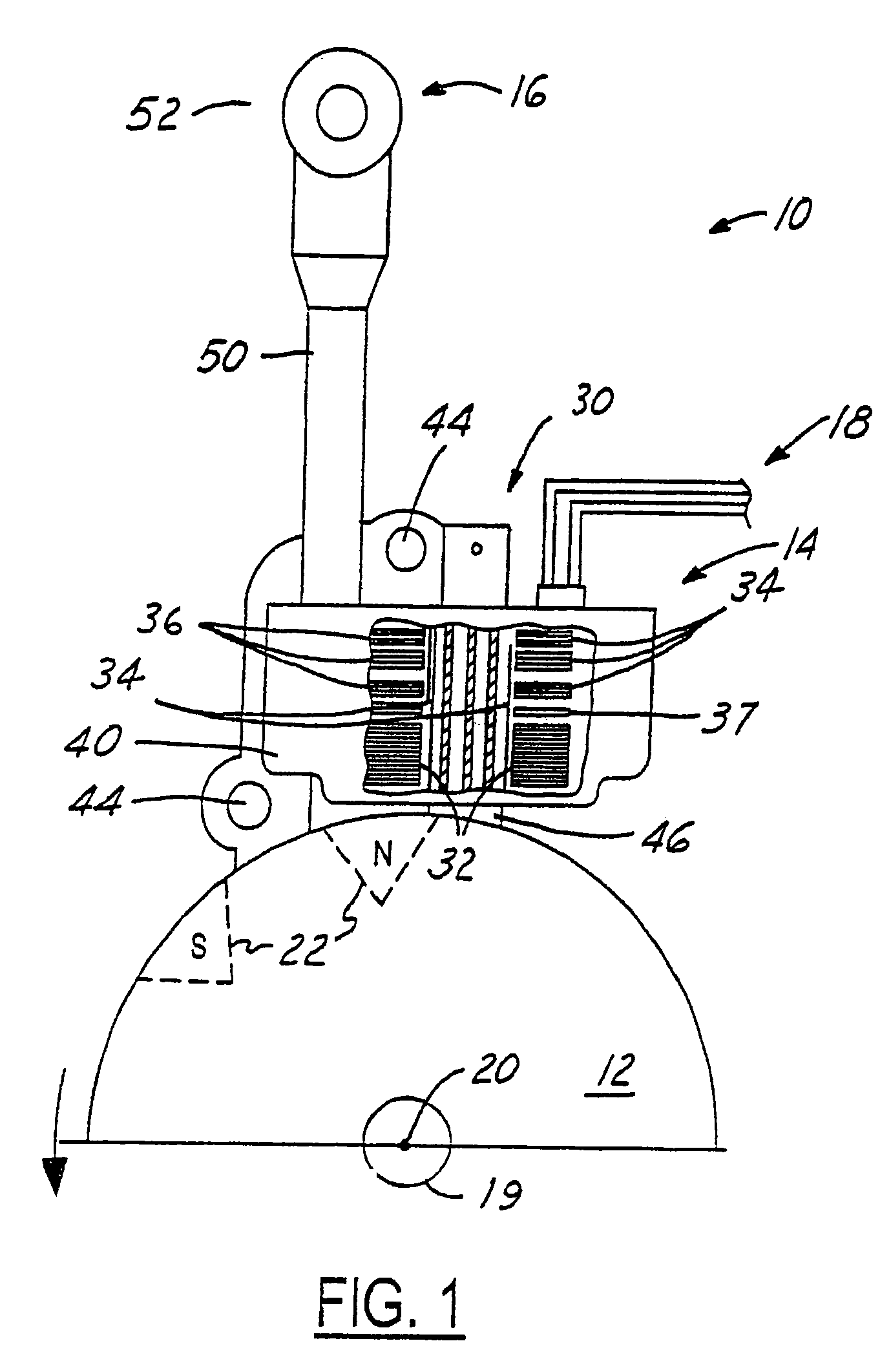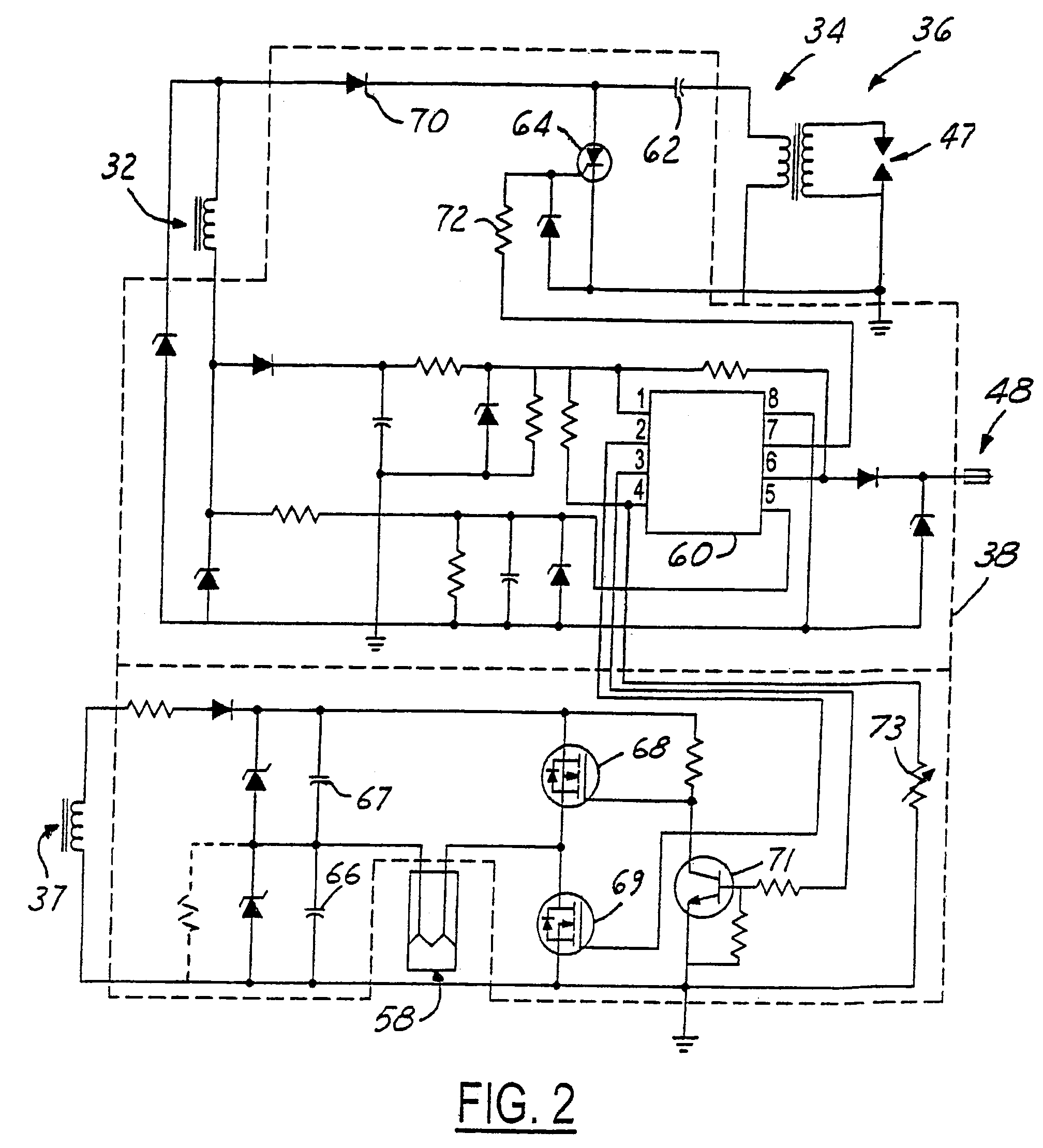Ignition timing control system for light duty combustion engines
a control system and combustion engine technology, applied in the direction of ignition safety means, machines/engines, process and machine control, etc., can solve the problems of small low cost, light-duty combustion engines, and complex electronic control systems, and achieve simple design, long and useful life in service, and improve operating performance and emissions.
- Summary
- Abstract
- Description
- Claims
- Application Information
AI Technical Summary
Benefits of technology
Problems solved by technology
Method used
Image
Examples
first embodiment
[0051]FIG. 7c shows an additional, optional section of the Warm Up sequence that may be added in order to take engine temperature into account when controlling the air-to-fuel ratio. This section begins with node D, which is preferably added to the Warm Up sequence between step 308 and the exit. Thus, this section would be executed once the Warm Up sequence is otherwise completed. Step 350 resets Solenoid RevCounter to 0, closes air bleed unit 90 such that the combustible mixture provided by the carburetor is enriched, and takes a sample of the current engine temperature. Referring briefly to FIG. 2, thermistor 73 is a heat dependent resistor connected to pin 4 of microcontroller 60. The thermistor and a standard resistor, also connected to pin 4, act as a voltage divider such that the signal on pin 4 is representative of the temperature dependent resistance of the thermistor, and hence the engine temperature. That temperature signal is used in step 352 of FIG. 7c to determine wheth...
second embodiment
[0052]FIG. 7d shows an additional, optional sequence that may be added to the Warm Up sequence in order to take engine temperature into account when controlling the air-to-fuel ratio. This section begins with node F, which is preferably added to the beginning of the Warm Up sequence before step 300, and is capable of distinguishing between cold and hot starts. By the time the sequence of FIG. 7d is executed, the system normally will have already cycled through the Cranking Sequence of FIG. 6. Step 370 waits four engine revolutions and then senses the engine temperature in a manner similar to steps 350 and 362, as previously explained. With the engine temperature sensed, step 372 compares the sensed temperature to a predetermined temperature, such as 50° F. If the sensed temperature is less than the predetermined temperature, thus indicating a cold start, then step 373 sends a “closed” Air / Fuel signal to solenoid 58. This causes the solenoid to remain closed, thus enriching the combu...
PUM
 Login to View More
Login to View More Abstract
Description
Claims
Application Information
 Login to View More
Login to View More - R&D
- Intellectual Property
- Life Sciences
- Materials
- Tech Scout
- Unparalleled Data Quality
- Higher Quality Content
- 60% Fewer Hallucinations
Browse by: Latest US Patents, China's latest patents, Technical Efficacy Thesaurus, Application Domain, Technology Topic, Popular Technical Reports.
© 2025 PatSnap. All rights reserved.Legal|Privacy policy|Modern Slavery Act Transparency Statement|Sitemap|About US| Contact US: help@patsnap.com



